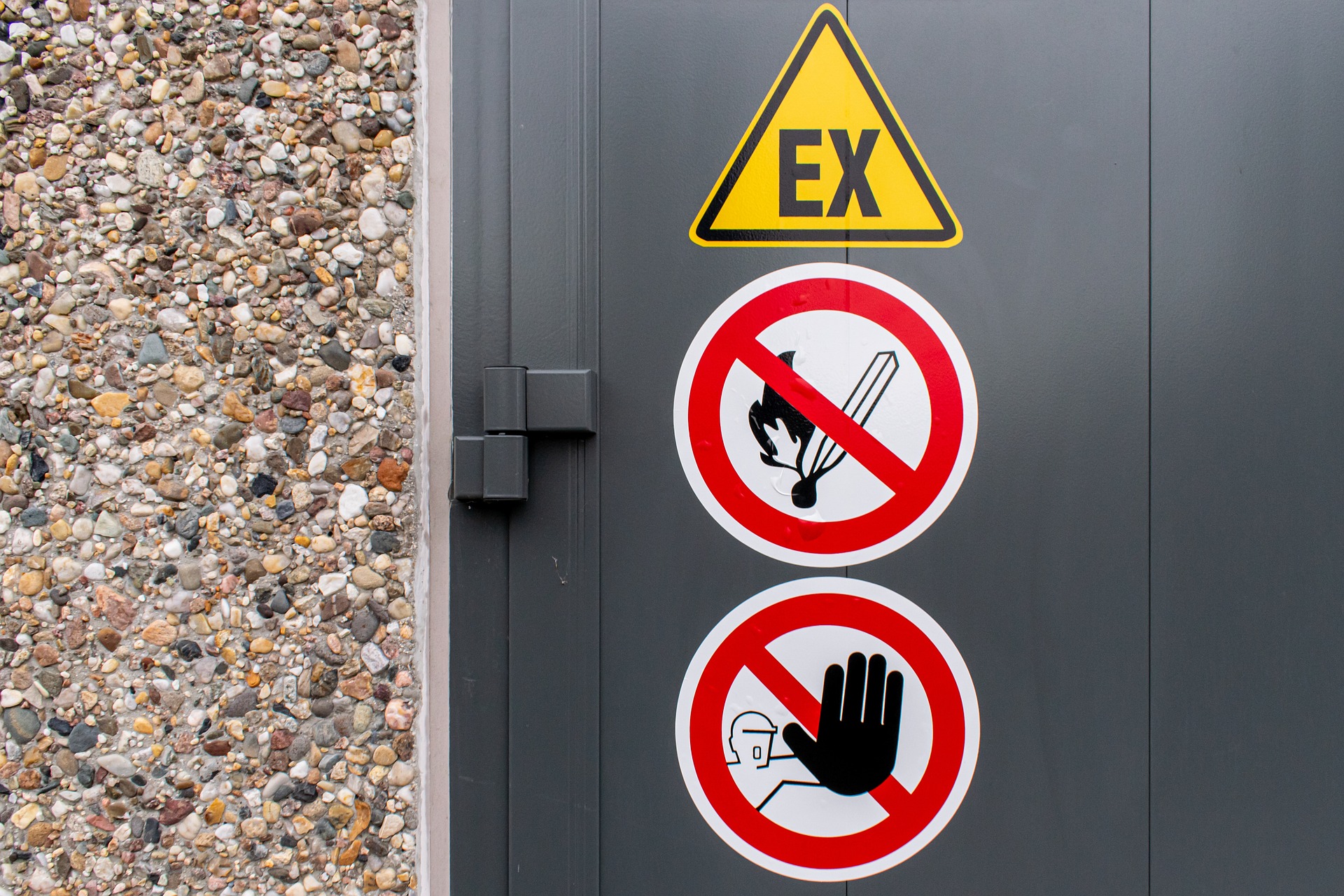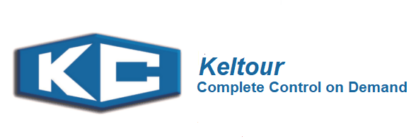Intrinsically Safe Certification
What is the Difference Between ATEX and UL?
In today’s increasingly interconnected world, electrical equipment plays a vital role across a wide range of industries. However, as essential as these devices are, they can also pose significant risks when operating in hazardous environments—such as those containing flammable gases, combustible dust, or explosive atmospheres. Ensuring the safety and reliability of electrical equipment in these conditions is of the utmost importance, and this is where certifications like ATEX and UL come into play.
Understanding the differences between ATEX and UL and their respective requirements and applications can be quite complex. This is particularly true for manufacturers, suppliers, and end-users, who must navigate the intricacies of these certifications to ensure compliance and safety in their operations. To help demystify this critical subject, we have compiled a comprehensive blog post exploring the ins and outs of ATEX and UL.
Whether you are a manufacturer looking to certify your products, a designer seeking to create compliant equipment, or simply an individual curious about these crucial safety standards, this blog post is your go-to resource for navigating the complex world of ATEX and UL certifications. Let’s dive in and unravel the mystery behind these essential safety benchmarks.

FAQ
Are ATEX and UL the same?
No, ATEX and UL are not the same. ATEX (ATmosphères EXplosibles) is a European Union directive that outlines the standards for equipment and protective systems intended for use in potentially explosive atmospheres. This directive applies to products sold and used in the European Economic Area (EEA). The ATEX directive aims to ensure that equipment used in explosive atmospheres is designed and manufactured to prevent ignition sources that could cause an explosion.
On the other hand, UL (Underwriters Laboratories) is a global safety certification company based in the United States. UL provides safety certification and testing services for a wide range of products, including electronics, appliances, and building materials. UL certification indicates that a product has been tested and meets certain safety standards.
While both ATEX and UL involve product safety standards, they are not interchangeable. ATEX is specific to the EU, while UL is a global certification organization. It’s important to check which certifications are required for your product in the region where it will be sold and used to ensure compliance with local regulations and safety standards.
What does a UL certification mean?
UL certification is a mark of safety and quality for products that are designed and manufactured for use in various industries, including but not limited to electrical, electronics, and information technology. A UL certification means that a product has been tested and meets certain safety standards and requirements established by UL. These standards are developed based on scientific research, testing, and analysis, as well as input from stakeholders and experts in various industries. A product that is UL certified has been found to be safe to use and comply with relevant industry standards and regulations.
To obtain this certification, a product must go through a rigorous testing and evaluation process by UL experts. This process includes testing the product for safety, performance, and quality, as well as verifying that it meets relevant regulatory requirements and industry standards. The product’s design, manufacturing processes, and materials are also evaluated to ensure that they meet UL’s requirements.
Once a product has successfully passed UL’s testing and evaluation process, it is granted a UL certification mark that can be displayed on the product or packaging. The UL mark is a symbol of quality and safety that is recognized and trusted by consumers, businesses, and regulatory agencies around the world.
What are the compliance requirements for UL?
UL has compliance requirements that depend on the specific product or industry. However, there are some general requirements that apply to many products seeking UL certification. These include requirements for electrical safety, fire safety, and environmental impact. This certification also involves rigorous testing and evaluation of products to ensure they meet these requirements.
Additionally, UL requires ongoing compliance monitoring and regular audits to ensure that products continue to meet safety standards. UL compliance requirements may vary by country or region, and it is important to consult with a UL expert to determine the specific requirements for a particular product or industry.
What are the UL classes and divisions?
UL classifies hazardous locations into three classes and two divisions.
UL Classes:
- Class I: Locations with flammable gases or vapours present in the air in quantities sufficient to produce explosive or ignitable mixtures.
- Class II: Locations where combustible dust is present in sufficient quantities to produce explosive or ignitable mixtures.
- Class III: Locations where easily ignitable fibres or flyings are present but not likely to be in suspension in quantities sufficient to produce ignitable mixtures.
UL Divisions:
- Division 1: Locations where ignitable concentrations of flammable gases, vapours, or liquids can exist under normal operating conditions.
- Division 2: Locations where ignitable concentrations of flammable gases, vapours, or liquids are not likely to exist under normal operating conditions or, if they do occur, are only present for short periods of time.
Does having UL listed mean it’s explosion-proof?
No, placing UL on a product does not necessarily mean a product is explosion-proof. UL is a third-party organization that tests and certifies products for safety, but they offer a wide range of certifications for different types of hazards, including fire, electric shock, and other potential hazards.
While a product with a UL certification may meet specific safety requirements, it does not necessarily mean it is explosion-proof or suitable for use in explosive environments. Products designed for use in explosive environments require additional certifications and testing beyond the scope of this certification.
What does ATEX certification mean?
ATEX certification is a set of European Union regulations that applies to equipment intended for use in a potentially explosive atmosphere consisting of flammable gases, vapours, liquids or combustible dust. The term “ATEX” is derived from the French phrase “Atmosphères Explosibles,” which translates to “explosive atmospheres.” ATEX certification is intended to ensure that equipment used in hazardous areas is designed, manufactured, and tested to minimize the risk of ignition sources that could cause an explosion.
The certification process involves rigorous testing and assessment of equipment to ensure that it meets the necessary safety standards. Products that have passed ATEX certification are marked with a specific symbol indicating their certification level and the level of protection they provide against explosion risks.
What are the compliance requirements for ATEX?
The compliance requirements for ATEX (ATmosphères EXplosibles) are outlined in two European Union directives: the ATEX Directive 2014/34/EU for equipment and protective systems intended for use in a potentially explosive atmosphere consisting of flammable gases, vapours, liquids or combustible dust, and the ATEX Workplace Directive 1999/92/EC for the health and safety of workers potentially at risk from explosive atmospheres.
For equipment to be ATEX compliant, it must be designed and manufactured to meet the requirements of the ATEX Directive and have an appropriate level of protection against the formation of an explosive atmosphere, as well as prevent any sources of ignition. This includes following specific standards for the design, construction, testing, and marking of the equipment.
For workplaces, employers must carry out a risk assessment to identify and classify hazardous areas, provide suitable equipment and training for employees working in these areas, and ensure compliance with specific safety regulations.
ATEX also requires the involvement of a third-party notified body to assess and certify hazardous area equipment compliance with the directive. The certification process involves testing the equipment for conformity with the standards and requirements set out in the directive, followed by ongoing surveillance to ensure continued compliance.
What is the US equivalent of ATEX?
The US equivalent of ATEX is the National Electric Code (NEC), which is published by the National Fire Protection Association (NFPA). The NEC provides regulations for installing electrical equipment in hazardous locations, including those with the potential for explosive atmospheres. Like ATEX, the NEC also outlines requirements for electrical equipment and protective systems intended for use in hazardous locations. However, there are some differences in the classification systems and terminology used between ATEX and NEC.
One of the main differences is the classification system used for hazardous locations. The NEC uses a division system, while ATEX uses a zone system. The UL division system is based on the likelihood of flammable substances being present in the atmosphere, while the ATEX zone system is based on the duration and frequency of the presence of flammable substances.
Another difference is the labelling requirements. ATEX requires equipment to be labelled with an Ex symbol and a unique identification number, while the NEC requires labels to include information about the hazardous location and the type of protection provided.
What are ATEX zones?
ATEX zones are classified areas where an explosive atmosphere may be present in the workplace. These zones are defined by the likelihood and frequency of an explosive atmosphere occurring, and they are numbered according to their level of risk. There are two types of ATEX zones:
Gases, vapours and mists:
- ATEX Zone 0 is the area with the highest risk, where an explosive atmosphere is present continuously or for long periods.
- ATEX Zone 1 is an area where an explosive atmosphere is likely to occur in normal operation occasionally.
- ATEX Zone 2 is an area where an explosive atmosphere is not likely to occur but may occur for short periods under abnormal operating conditions.
Dust and Fibres:
- ATEX Zone 20 is an area where a cloud of combustible dust is present continuously or for long periods.
- ATEX Zone 21 is an area where a cloud of combustible dust is likely to occur in normal operation occasionally.
- ATEX Zone 22 is an area where a cloud of combustible dust is not likely to occur but may occur for short periods under abnormal operating conditions.
It’s essential to know which ATEX zone your workplace is in, as it determines the level of safety requirements and the type of equipment that is allowed to be used in that area.
Keltour Controls Inc. is dedicated to delivering cutting-edge solutions to industrial manufacturers and businesses. Our range of offerings includes PLC control panels, custom control panels, variable frequency drive panels, power distribution units, and more. We strictly comply with safety and operational regulatory standards and have a proven track record of success that you and your company can depend on.
